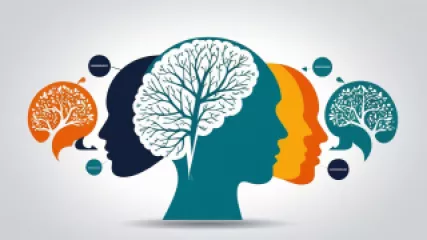Overcoming Rumination: My Journey to Better Mental Health
for 1 år siden
Håndtering af Grublerier
10 Best Virtual Therapies for Overcoming Cognitive Dissonance
for 1 år siden
Kognitiv Dissonans
Step-by-Step Guide to Resolving Cognitive Dissonance
for 1 år siden
Kognitiv Dissonans
My Journey Towards Building Psychological Safety at Work
for 1 år siden
Psykologisk Sikkerhed
Embracing Uncertainty: A Radically Different Perspective
for 1 år siden
Håndtering af Usikkerhed
Understanding and Managing Rumination: A Research Summary
for 1 år siden
Håndtering af Grublerier
Is Workaholism Sabotaging Your Life? 5 Signs to Look For
for 1 år siden
Arbejdsmisbrug
Overcoming Boredom: A Step-by-Step Guide to Finding Fulfillment
for 1 år siden
Håndtering af Kedsomhed
10 Essential Psychology Principles for Effective Decision Making
for 1 år siden
Beslutningstagningens Psykologi
10 Proven Tips to Effectively Manage Workaholism
for 1 år siden
Arbejdsmisbrug
Is Workaholism Sabotaging Your Life? 5 Signs to Watch Out For
for 1 år siden
Arbejdsmisbrug
Therapeutic Approaches to Overcome Boredom
for 1 år siden
Håndtering af Kedsomhed
Lessons from Fight Club: Overcoming Cognitive Dissonance
for 1 år siden
Kognitiv Dissonans
Establishing Healthy Boundaries for Happiness: A Research Summary
for 1 år siden
Grænser i Personligt Liv
My Journey with Emotional Eating: Finding Balance and Self-Acceptance
for 1 år siden
Spisens Psykologi















